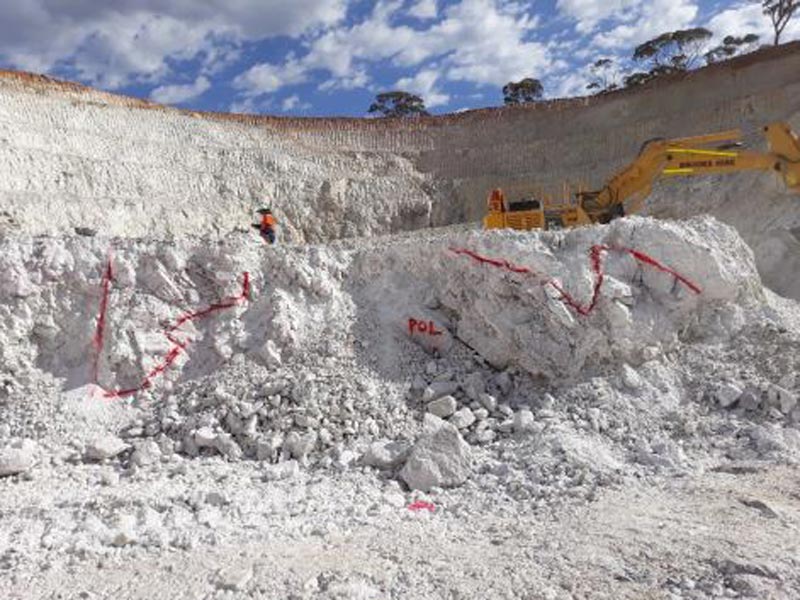Pioneer is now mining Australia’s first deposit of a rare resource used by phones, GPS and the internet

Pic: Bloomberg Creative / Bloomberg Creative Photos via Getty Images
Australia can now lay claim to mining a resource in everyone’s pockets, yet so rare, there’s not even a market price for it.
Caesium is primarily used as a drilling fluid in high temperature/high pressure oil and gas drilling.
But mobile phones, GPS and the internet all operate with the help of a caesium clock, also known as an “atomic” clock. These clocks are extremely accurate in keeping time.
It is also used in vacuum tubes and radiation monitoring equipment.
Global supply is very constrained. Information on global caesium resources is limited, but the US Geological Survey says caesium can be found in Alaska, Maine, and South Dakota in the US.
It is also found in lower concentrations in brines in Chile and China and in geothermal systems in Germany, India, and Tibet. China is also believed to have caesium deposits.
Meanwhile, Namibia produces caesium in small quantities as a by-product of lithium mining.
Now, we can add Australia to that tiny list, after Pioneer Resources revealed it had starting digging up the country’s very first deposit.
Pioneer (ASX:PIO) has extracted and stockpiled about 600 tonnes of pollucite — the mineral that contains the caesium — at its Sinclair mine, 40km north of Norseman in WA.
The company reported the discovery of Australia’s first caesium in late 2016.
Pollucite is a high value rare caesium mineral that forms in extremely differentiated lithium, caesium and tantalum pegmatite systems. It co-exists with the lithium minerals, petalite and lepidolite.

Because caesium is not traded in commercial quantities, no market price is available for it, according to the US Geological Survey.
- Subscribe to our daily newsletter
- Bookmark this link for small cap news
- Join our small cap Facebook group
- Follow us on Facebook or Twitter
“Mining is at a crucial and exciting stage as we start to unearth Australia’s first deposit of pollucite, which will take approximately three more weeks,” Pioneer managing director Dave Crook said.
The first pollucite is scheduled to leave the Sinclair mine in January next year.
Stockhead is seeking further comment.
UNLOCK INSIGHTS
Discover the untold stories of emerging ASX stocks.
Daily news and expert analysis, it's free to subscribe.
By proceeding, you confirm you understand that we handle personal information in accordance with our Privacy Policy.








